
When your kid pokes their tongue out, it’s usually when they’re trying to express feelings of distaste. Most of us don’t like the thought of the tongue. A strange, wet piece of the body, the tongue is something we try not overexpose ourselves to.
You wouldn’t stop to think how crucial our tongue is to your body. For parents, your kid’s tongue may be one of the biggest factors to them getting braces. The tongue plays a vital role in healthy kid’s teeth and may even prevent braces.
The tongue even contributes to a kid’s diet for oral health. Breastfeeding is a newborn’s food to strengthen teeth. An infant’s tongue is vital for healthy breastfeeding.
When you think of the purpose of the tongue, you probably think of taste. The problem has been that we’ve underestimated the function of the tongue. And this includes health professionals.
Behaving more like an organ, the tongue is one of the most unique parts of the body. Its function in diet and dental health shows how food plays a role in preventing braces. The best example of this is breastfeeding. For your newborn child, the tongue acts as the conductor of the digestive system.
In terms of nutrients from food, it’s rare to consider the physical feedback of eating. Chewing and swallowing are part of the integral role of the mouth in jaw development. For a newborn, healthy digestion begins at birth and with breastfeeding.
Breastfeeding uses a symphony of muscles, cranial nerves, and the jaw bones. They all work together to help form the oral cavity. These habits learned from breastfeeding, have an ongoing impact on kid’s dental health.
A newborn child’s jaw, teeth, airways, and development are undergoing a series of exercises. Breastfeeding shows how a diet for oral health includes the physical function of the mouth.
Purposes of the tongue
- Guide nasal breathing posture
- Swallowing
- Broaden and develop the palate and jaws
- Neck and head posture
- Healthy digestion
In this article, we are going to explore the mind-blowing roles of the tongue in the oral cavity.
The vast network of tongue and throat muscles
The tongue sits in the middle of your jawbone. Kind of like a hammock slung between trees.
It’s held in place by an incredible network of muscles. Each half of the tongue contains two sets of muscles. So in total, there are four different sets of muscles. Left, right, inside and outside.
These muscles play an incredible role in your day to day life.
Humans swallow food about 150 times in 24 hours. But unconscious swallowing of saliva occurs every 30 seconds while awake and every minute during sleep, about 1,600-2,000 times in 24 hours.
Breastfeeding and the tongue
During the first 6 months of life, a newborn receives its nutrients from breast milk or a liquid diet.
Your newborn has an inbuilt program and feeding response right from birth. The rooting reflex guides a baby to turn their face when the lip or cheek is touched. The deep reaction begins their breastfeeding cycle.
To latch onto the breast, the baby uses their lips and tongue. A newborn must push their tongue out to create a seal between its lips and the mother’s breast.
Once latched to the nipple, a complex movement of the tongue begins to extract milk from the breast.
The nipple is pressed against the palate or roof of the mouth. These forces expand the upper jaw, helping to straighten teeth naturally.
The tongue performs a rolling action, from front to back. The upwards and backward motion squeezes the nipple against the palate and extracts milk. The front of the tongue performs front to back squeezing of the nipple. The back of the tongue creates suction.
After 4-5 rolling actions of the tongue, enough milk builds up in the newborn’s mouth. The swallowing response pushes the back of the tongue to the roof of the mouth and pushes the milk down the throat.
Here’s a video of newborn swallowing:
Let’s take a quick look at the different muscles of the tongue.
Extrinsic muscles of the tongue
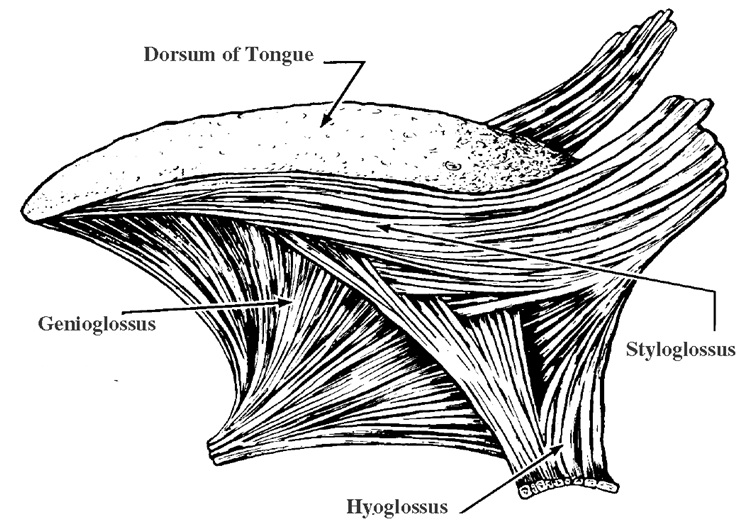
Genioglossus – connects the tongue to both the jaw bone and hyoid bone. Its action is to protrude and control the tip of the tongue. In breastfeeding this allows the newborn to make a seal and good latch.
Styloglossus – runs from the tip and sides of the tongue to the base of the skull. Acts to elevate and pull the tongue into the mouth. It helps to create backward pressure against the palate to extract milk.
Palatoglossus – connects into the fibers of the soft palate with the side of the tongue. Acts to elevate the back of the tongue. It allows the final extraction of milk and begins the swallowing action
Hyoglossus – runs from the hyoid bone to the side of the tongue. Its action is to depress and retract the tongue.
Intrinsic muscles
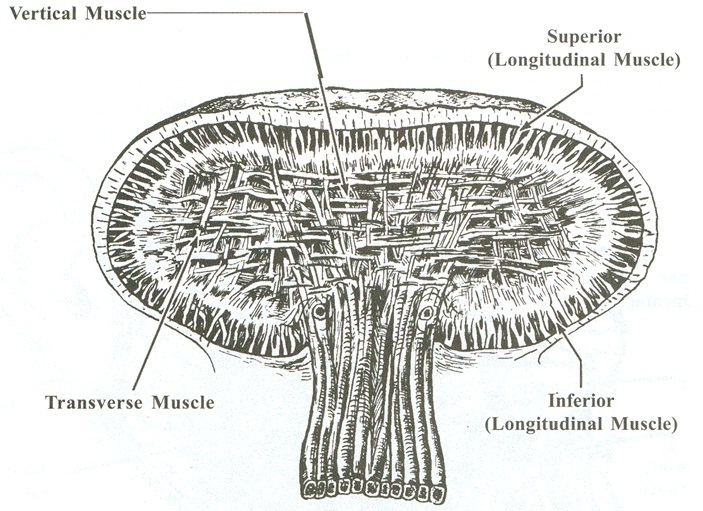
As well as outside muscles there are a network of muscles inside the tongue.
They have four actions:
- Retract or make the tongue short and thick
- Shorten and turn the tip down
- Narrow and lengthen
- Flatten and broaden
The thousands of different muscle fibers on each side of the tongue work together. They perform swallowing, speech, breathing, chewing and much, much more.
Tongue posture and developing throat and airway
The tongue, throat and speech box have a unique relationship in a newborn.
During the first 4-6 months of life, a baby will have a purely liquid diet. A baby’s tongue posture sits forward in the mouth. It’s thought to help to latch for breastfeeding. But it may also relate to differences in a newborn’s throat and epiglottis.
For the first 3-4 months, an infant’s throat is different to an adult’s.
The epiglottis is a flap of elastic tissue which attaches to the top of the larynx (speech box).
In these first months, the epiglottis reaches up and touches the soft palate (back of the throat). The baby’s tongue is now entirely contained in the oral cavity of the newborn.
During feeding, the larynx elevates (attached to the epiglottis) and locks into the nasal airways. This allows a newborn to both swallow and breathe at the same time during breastfeeding.
By month 4-6, babies can begin to eat solid food. It will vary from child to child depending on their gut lining formation. Some children may need to wait until 6 months to tolerate solid food. This period is when changes to a child’s throat are initiated. Between 4-6 months the epiglottis and soft palate separate. The soft palate enlarges and becomes more mobile, and the epiglottis lowers.
The back of the tongue now forms the back of the throat. Tongue posture has changed from a forward posture to one sitting further back in the mouth and high against the palate. It’s the tongue position that remains in adults.
The tip of the tongue now moves from sitting at the edges of the front teeth, to up behind the front teeth. Tongue posture should now be high (against the palate) and right to the back of the mouth. The muscles of the tongue are better developed and the baby should learn to hold its tongue high and backward.
The tongue and the digestive system
The tongue is the most uniquely innervated organ of the body. A newborn’s brain has precise knowledge and control of the tongue. The muscle system of the tongue takes up a large portion of the homunculus. It represents the areas of the brain designed to control the tongue.
In a developing embryo, the tongue is made up of five different arches. It’s the most unique organ in the body. A larger amount of brain tissue is devoted to the tongue, throat, and mouth than the arms and legs combined. These are all innervated by five different cranial nerves. They include a mix of sensory, taste and motor nerves.
The three types of innervation are separated into the front two-thirds and back third.
Motor – Entire the tongue via the hypoglossal nerve (XII) and one muscle in the throat via the vagus nerve (X)
Sensory – Senses to the front two-thirds of the tongue via the trigeminal nerve (III). The back third via glossopharyngeal (IX) and vagus nerve (X) (throat).
Taste – Front two-thirds via the facial nerve (VII). Back third via the glossopharyngeal (IX) and vagus (X)
The deep innervation of the tongue is important because of the role in healthy digestion. The parasympathetic nervous system innervates the posture of the back third tongue.
Both the glossopharyngeal and vagus nerve contribute to autonomic nervous system balance. The digestive system is in two-way cross-talk to the brain via the vagus nerve. Tongue posture helps the parasympathetic tone that begins healthy digestion.
When a child learns to swallow it involves the autonomic activation of the digestive system. Early dysfunction in the tongue may lead to digestive imbalance later in life.
Kid’s dental health and the tongue
Healthy tongue posture is a vital part of kid’s dental health. Tongue position begins with breastfeeding as a newborn. It demonstrates how a diet for dental health helps to prevent braces. And how the tongue can promote healthy teeth over a lifetime.
If you spot improper tongue posture in your kids, you should see your dental practitioner. Make sure to ask whether they assess their myofunctional habits and tongue function.
If your child shows any of these signs, they should be assessed for tongue posture.
- Difficulty breastfeeding
- Mouth breathing
- Open mouth posture
- Tongue tie symptoms
- Jaw pain
- Headaches
- Digestive issues
Lactation consultants now often work with dentists to make sure a child can feed properly. For older kids and adults, myofunctional therapist or orofacial myologist can help correct tongue and facial posture. It may help your kid grow straight teeth naturally!
Do you have any questions regarding tongue posture in kids? Leave them in the comment section below.
Also, check out the 5 vital signs that your child is at risk of needing braces if you want to know more about this specific topic.
For more information on Dr. Lin’s clinical protocol that highlights the steps parents can take to prevent dental problems in their children: Click here.
Want to know more? Dr Steven Lin’s book, The Dental Diet, is available to order today. An exploration of ancestral medicine, the human microbiome and epigenetics it’s a complete guide to the mouth-body connection. Take the journey and the 40-day delicious food program for life-changing oral and whole health.
Click below to order your copy now:
US AMAZON
US Barnes & Noble
UK AMAZON
Australia BOOKTOPIA
Canada INDIGO
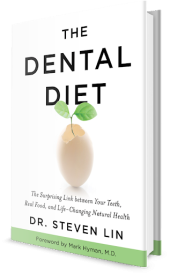
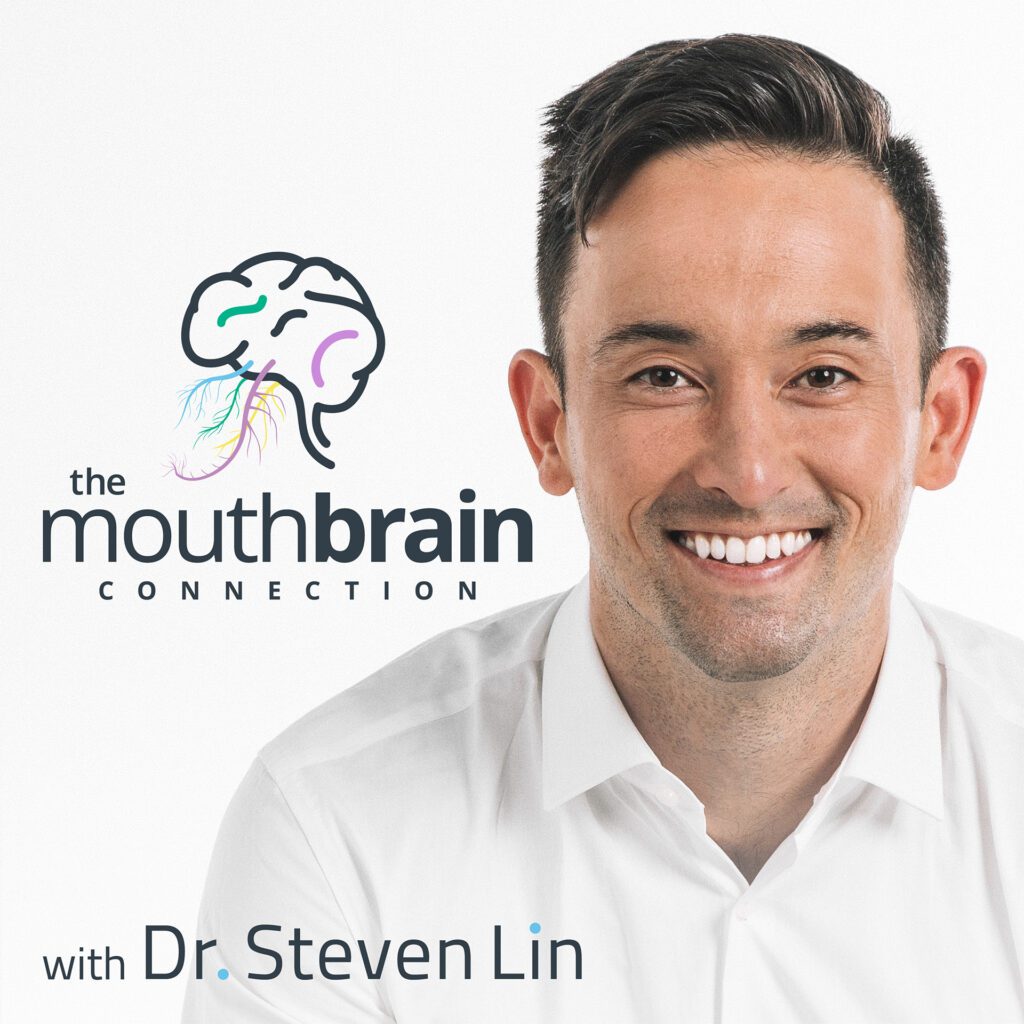

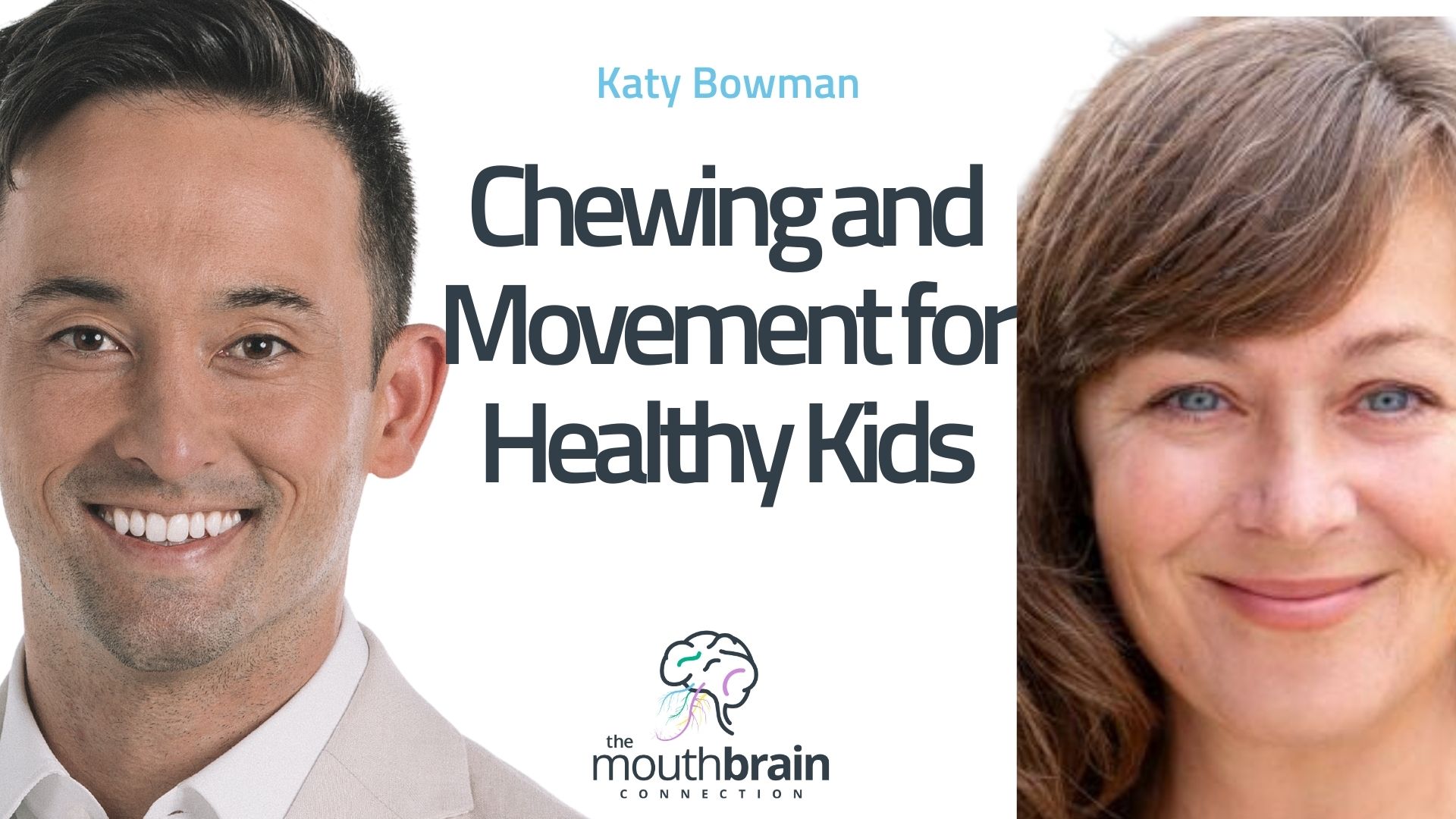
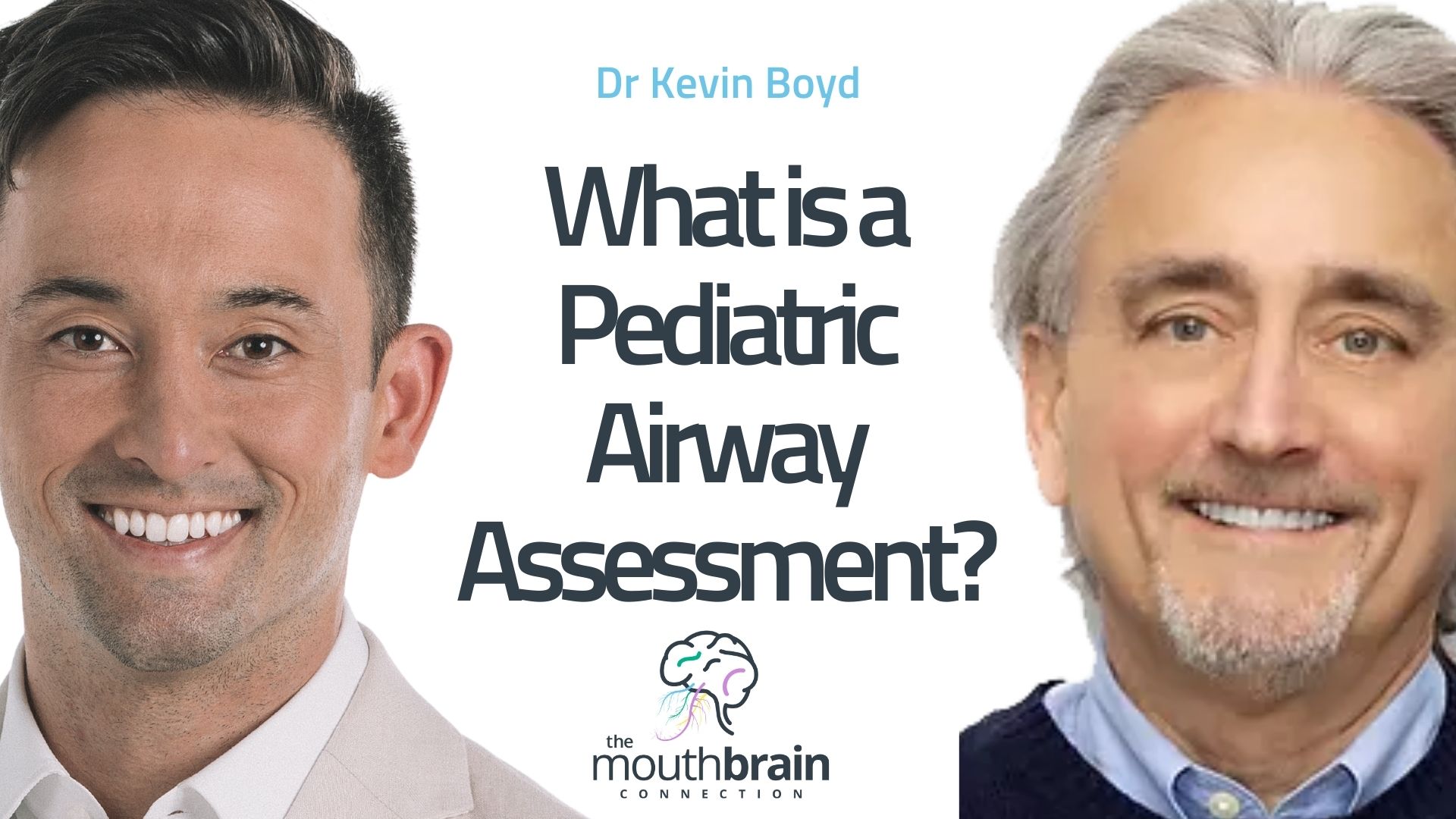
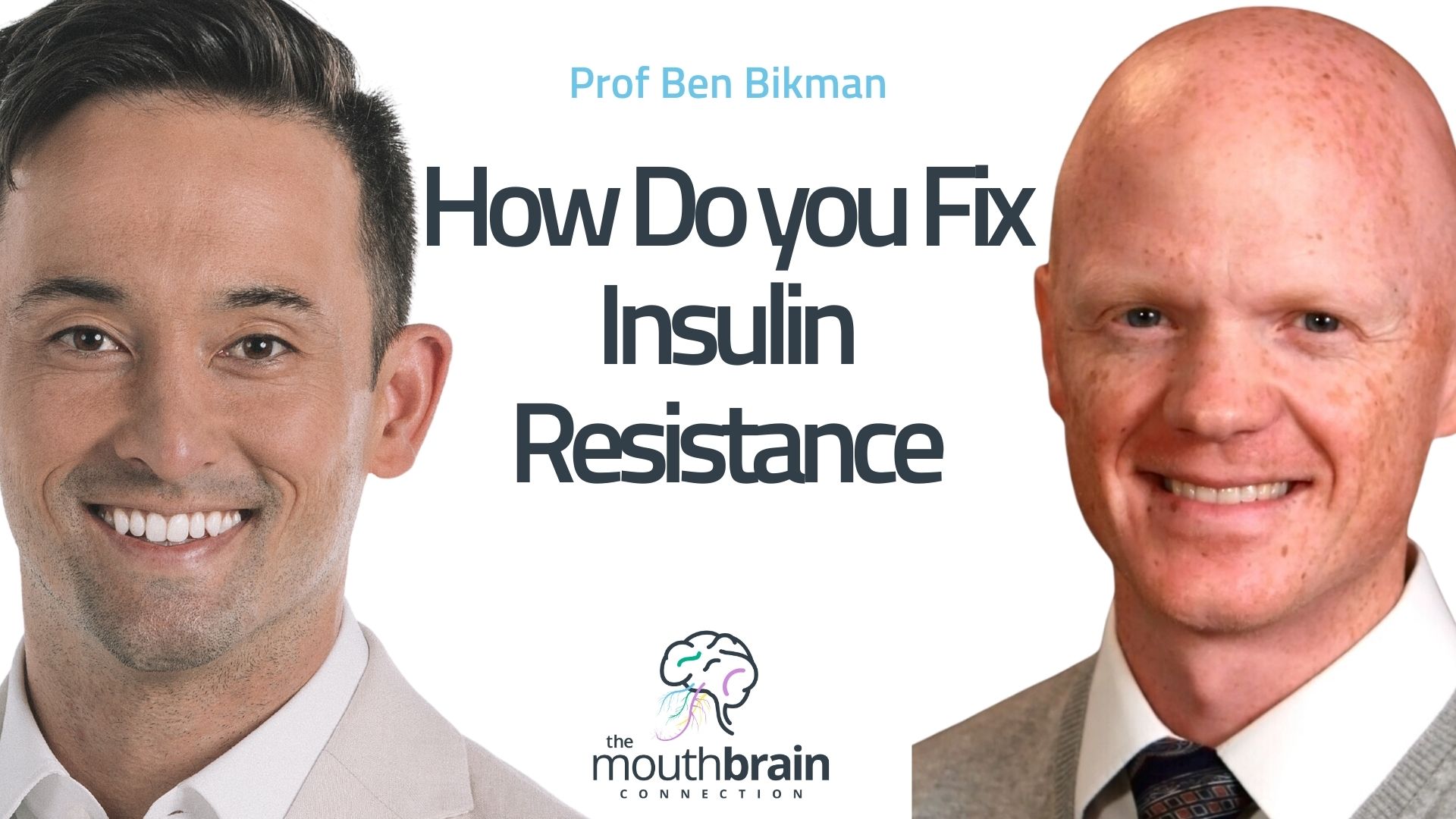

10 Responses
Wonderful details! I was wondering what advice you would give parents who are bottle feeding. Is there anything they can do to help provide the breast feeding benefits for mouth structure et al? I have been speaking with several adoptive parents and they are very concerned about this issue.
Hi Han,
Yes, this is a great issue. Certainly, every mother can’t breastfeed. A myofunctional therapist can help to re-train a child’s tongue, lip, and breathing posture. Eating hard, fibrous, gelatinous foods that require chewing regularly also encourages jaw growth. Moving forward these all play a big role in their development even when a child is bottle-fed.
Steven
Great post! My only comment is that the latest recommendation is not to introduce solid food to infants until 6 months old at the earliest due to their open gut. I’d like to share this with my breastfeeding group but until that piece is updated, I don’t feel right sharing it. Thanks!
Hi Danielle, thanks very much for this – there are some kids that won’t be able to tolerate solids until 6 months. A note has been placed (some kids with proper gut formation and early epiglottis maturation may be ready at 4 months).
I am an Orofacial Myofunctional Therapist. I am looking to educate my moms and dads.
Great Chris, You’re based in Maryland? If you have any further details feel free to leave them here:
http://www.imtofmaryland.com/
Hi Dr.
Love your posts. What are your thoughts on the myobrace for 9 year Olds. Is there an alternative for mouth breathers. Also what are your thoughts on x rays and radiation at that age and for someone with neurological issues.. thanks for your time.
Hi Zeinab,
Myobrace can be successful for 9 year olds, I wouldn’t wait any longer though as they are approaching the end of their growth cycle.
Hope this helps.
Hi Zee,
My experience with Myofunctional appliances is that we gain better results if we diagnose and start treatment as early as we can.
I tend to start at the age of 5-6 at my practice to achieve the best results.
Hello, I am a bit concerned my daughter now 15 month start to have a lot of teeth, but the mouth closure is not stable, as in she plays a lot with the jaws and the bite closure , and she tend to push the low jaw forward, at the moment the teeth that are not that long in the front so is easy to play front and back , but I am a bit concerned that she’s going to take that position, I have had the inverses jaws but with the second teething and mum had a chin ahead problem; the baby chin looks ok tho, mat